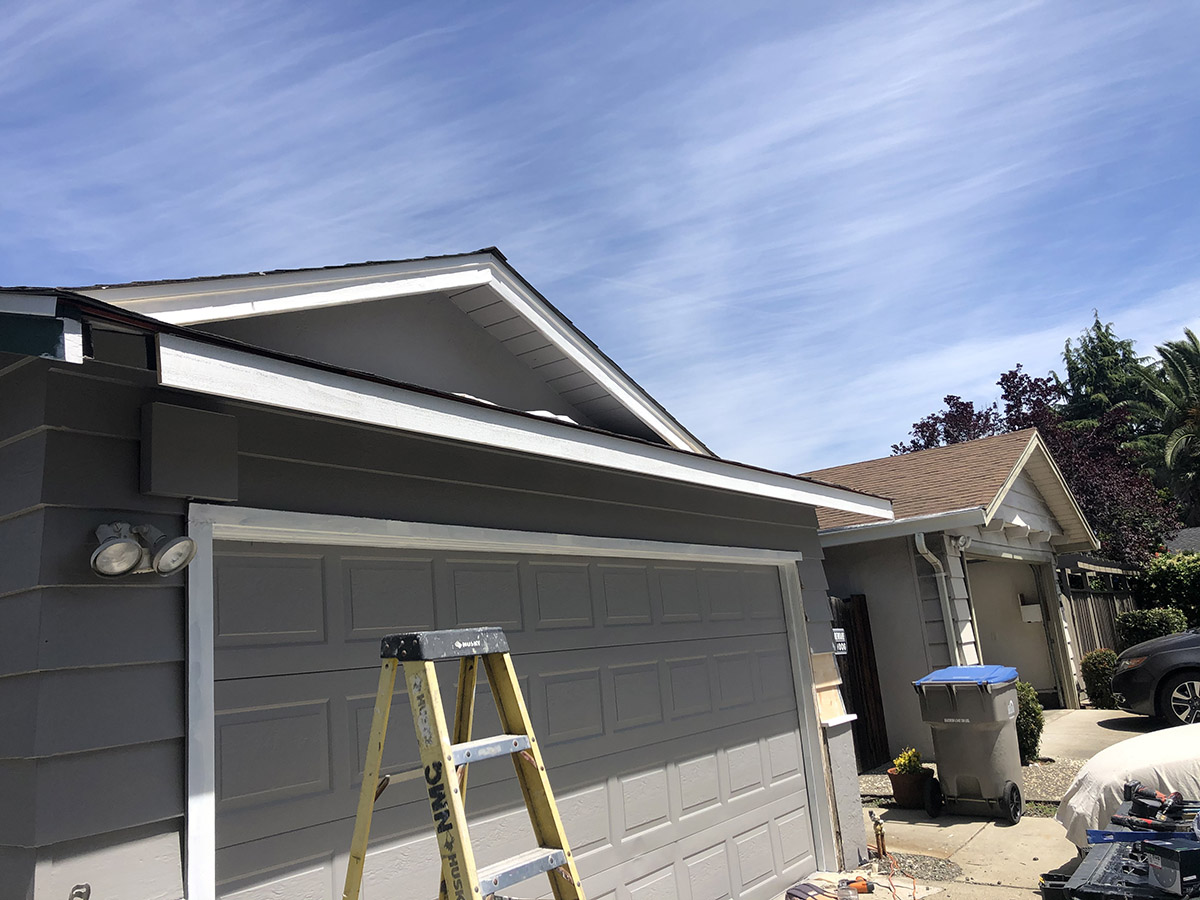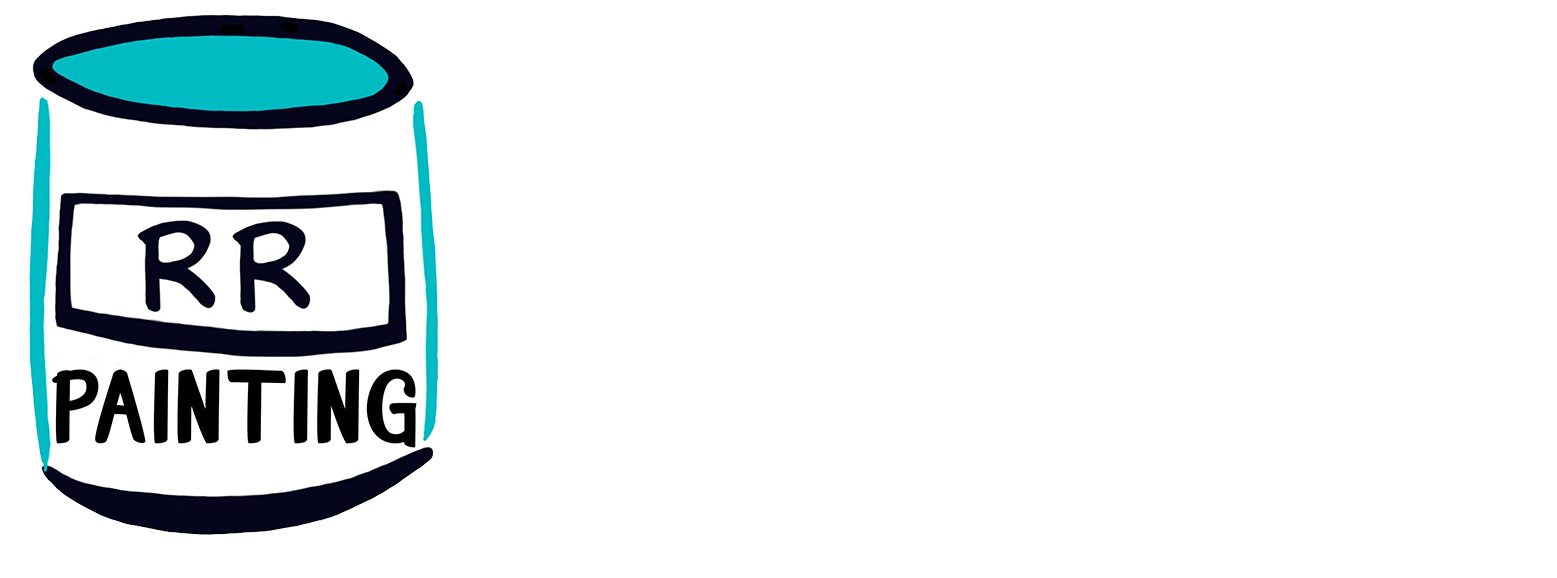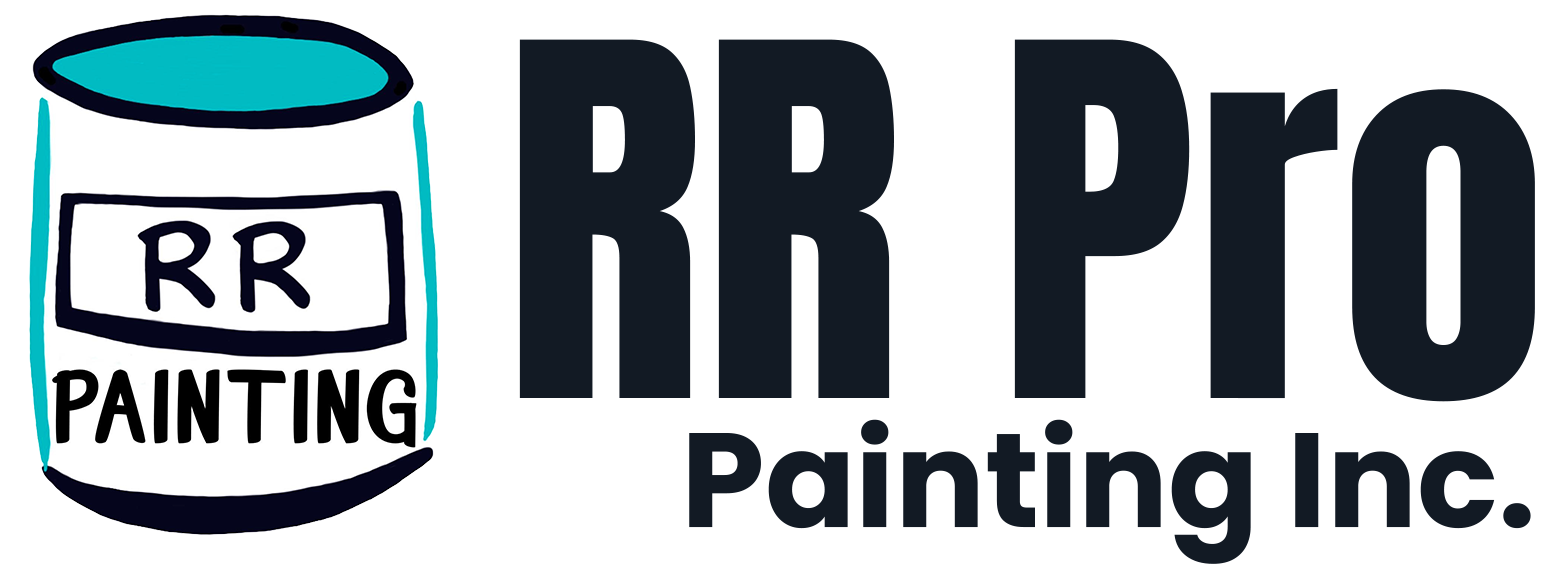
There are usually two ways to accomplish a task, as with most home improvement projects.
Results aren’t necessarily worse when you take the simpler route. This idea also holds true for painting a house’s exterior. You will undoubtedly gain from time-saving advice if you decide to paint your home yourself rather than employing a professional painter. You can paint your house more successfully, efficiently, and with less effort if you follow these tricks, advice, and suggestions.
1. How to Quickly and Painlessly Clean Your Home
Before painting, the majority of homes will need to be cleaned down. You can see years or perhaps decades’ worth of accumulated gray soot and dust by sweeping a white cloth across the exterior of your house. It is nevertheless advised to wash down the house even when painting is absolutely necessary.
The most efficient and labor-intensive way to clean your house is by hand washing everything down. What is the very minimum you can manage, though? In any case, you should focus on removing the large, obvious debris (spiderwebs, wasp nests, and leaves) and washing away the fine soot and dust.
2. Painting your home the same color or a darker shade
When you decide to alter the outside color of your home, you put additional work on yourself. When the new coat is lighter than the old coat, the work is greatly increased. The old hue often still peeks through in certain places after one application of paint. But when you paint those regions the same color, they merge together. If you are unsure about the current color of your home, pick a spot where the paint is flaking, remove it, and take it to a paint shop.
Remove a painted object, such as a dryer vent or a strip of molding, if there is no paint peeling. Usually, the paint shop can match the hue that is already there.
3. Only use prime when necessary
Does your home require a full coat of primer before painting? Perhaps not. There shouldn’t be a need for priming when the paint is in good condition and you are repainting the same color. However, a primer will be necessary for problem areas.
Primer should be applied to all bare wood, wood filler, and rust-stained surfaces. An exterior-grade quart of primer will be adequate if you only have bare patches. Primer should only be applied to areas that have not been painted or primed. One warning is that painted surfaces will show through prepared surfaces. In order to cover the lighter-colored paint primer, you might need to add another coat of paint unless your topcoat is completely white.
4. Reduce Paint Scratching
A part of painting that is generally despised is scraping paint. After a few hours of scraping paint, you’ll long for the relatively simpler tasks of brushing, rolling, or spraying. One issue with paint scraping is that it seems as though one portion always leads to another. You can probably leave it alone if the paint’s edges stay down.
The fresh paint will help hold it in place by sealing the edges. Scrape around the edge until it becomes somewhat solid, then stop. It’s time to engage home painters or a crew to mechanically remove the paint if you discover that you need to take all of the paint off the property.


